3 Evaporated Milk Substitutes for Baking Needs
Substitute for evaporated milk in baking can transform your recipes when this pantry staple isn't available.
Facing the common dilemma halfway through baking, many search kitchen cabinets for alternatives.
Several everyday items from the refrigerator or pantry might save the day without compromising texture or flavor.
The best replacements maintain similar consistency and fat content to ensure proper chemical reactions during baking processes.
With some simple adjustments, most substitutions work seamlessly in cakes, cookies, and other sweet treats.
Most people already have these alternatives at home without realizing their potential as stand-ins for this concentrated dairy product.
Ready to rescue that recipe and continue baking without a trip to the store? The following options will help maintain moisture and richness in all your favorite baked goods.
Why Use Evaporated Milk in Baking?
Evaporated milk is a versatile ingredient in baking that brings extra creaminess, subtle sweetness, and rich flavor to all kinds of recipes, making it a favorite:
Creamy Evaporated Milk Replacements
Evaporated milk alternatives give recipes the same creamy backbone that enriches soups, sauces, and desserts. Each one brings a slightly different feel. Find the substitute that fits your kitchen best.
Fresh Milk
Regular fresh milk serves as an affordable substitute for evaporated milk in many recipes, particularly in baking.
This common grocery item works well when simmered until reduced by half, creating a homemade version with similar consistency to store-bought evaporated milk.
For those with lactose intolerance, special lactose-free milk containing the enzyme lactase helps break down sugars for easier digestion.
When using fresh milk directly, the thinner consistency can be adjusted with flour or cornstarch to achieve the desired thickness.
The substitution ratio typically requires half a cup of fresh milk for each cup of evaporated milk called for in recipes, though this can be adjusted based on what the dish needs.
Non-Diary Alternatives
Substituting evaporated milk in recipes is easy with plant-based alternatives that maintain flavor and texture in equal measurements.
Soy milk stands out as the closest match, especially when heated to achieve a similar consistency, though allergies should be considered before use.
Coconut milk works wonderfully in baked goods, soups, sauces, and desserts due to its comparable texture, making it a seamless replacement without adjusting quantities.
For those seeking variety, almond, quinoa, rice, cashew, hemp, flax, and oat milk also provide excellent dairy-free options that blend well into most recipes.
Dry/Powdered Milk
Powdered milk stands out as the most convenient substitute for evaporated milk in various recipes, especially baking.
This shelf-stable alternative lets you control the exact consistency by simply adjusting how much water you mix with the powder.
Many bakers rely on dry milk because it adds a distinctive flavor and texture that enhances everything from cookies to breads.
The powder form makes storage incredibly easy, taking up minimal space in your pantry while lasting much longer than liquid milk options.
Such versatility makes it perfect for anyone who doesn't frequently use evaporated milk but occasionally needs it for specific dishes.
Dry milk particularly shines in baked goods where its subtle flavor profile can actually improve the original recipe.
How to Adjust Sweetness and Liquid When Using Evaporated Milk Substitutes
When swapping out evaporated milk for something else, a few simple tweaks help keep your recipes moist, creamy, and perfectly sweet, making sure cakes, pies, or sauces turn out just right. Since substitutes can be thinner or sweeter than evaporated milk, adjusting both the liquid and sugar is key:
Dilute Condensed Milk
Sweetened condensed milk is thicker and sweeter than evaporated milk. Thin it with water (about half-and-half) and reduce sugar in your recipe.
Balance Sugar With Plant Milks
Plant milks (almond, soy, oat) are thinner and sometimes sweet. Cook down to thicken or use less, and check sugar content before adding more.
Mix Regular Milk and Cream
Blend equal parts whole milk and half-and-half or heavy cream to mimic evaporated milk texture; keep sugar as in original recipe.
Reduce Other Liquids
For thin substitutes like skim or low-fat milk, use less or simmer to thicken before adding.
Use Powdered Milk Wisely
Reconstitute nonfat dry milk with less water than instructed to create a richer, evaporated milk-like texture without added sugar.
Taste and Adjust
Taste batter, custard, or sauce after adding substitute; adjust sugar or add water to balance sweetness and moisture.
Watch Baking Times
Substitutes may brown faster or slower; monitor baked goods and adjust baking times if needed.
Evaporated Milk Baking Swaps: Your Top Questions
1. Will using a substitute change the flavor or texture of my baked goods?
Yes, evaporated milk is rich and slightly caramelized. Coconut milk adds mild coconut flavor, while cream makes recipes richer and heavier.
2. Are there dairy-free alternatives to evaporated milk for baking?
Yes, canned coconut milk or a blend of soy milk or almond milk simmered to reduce volume are great dairy-free options.
3. Can I use regular milk instead of evaporated milk in recipes?
Yes, but simmer regular milk to reduce its water content by half for a closer match in consistency and richness.
4. What’s the best substitute for evaporated milk in pumpkin pie?
Half-and-half or heavy cream provide a creamy texture, while coconut milk adds a dairy-free twist with a subtle flavor.
5. Are evaporated milk substitutes suitable for custards and puddings?
Absolutely, just ensure your chosen substitute thickens well, cream or coconut milk work best for silky textures.
6. Will using a substitute affect browning in baked goods?
Cream or evaporated milk alternatives with higher fat can encourage browning, while low-fat options may brown less.

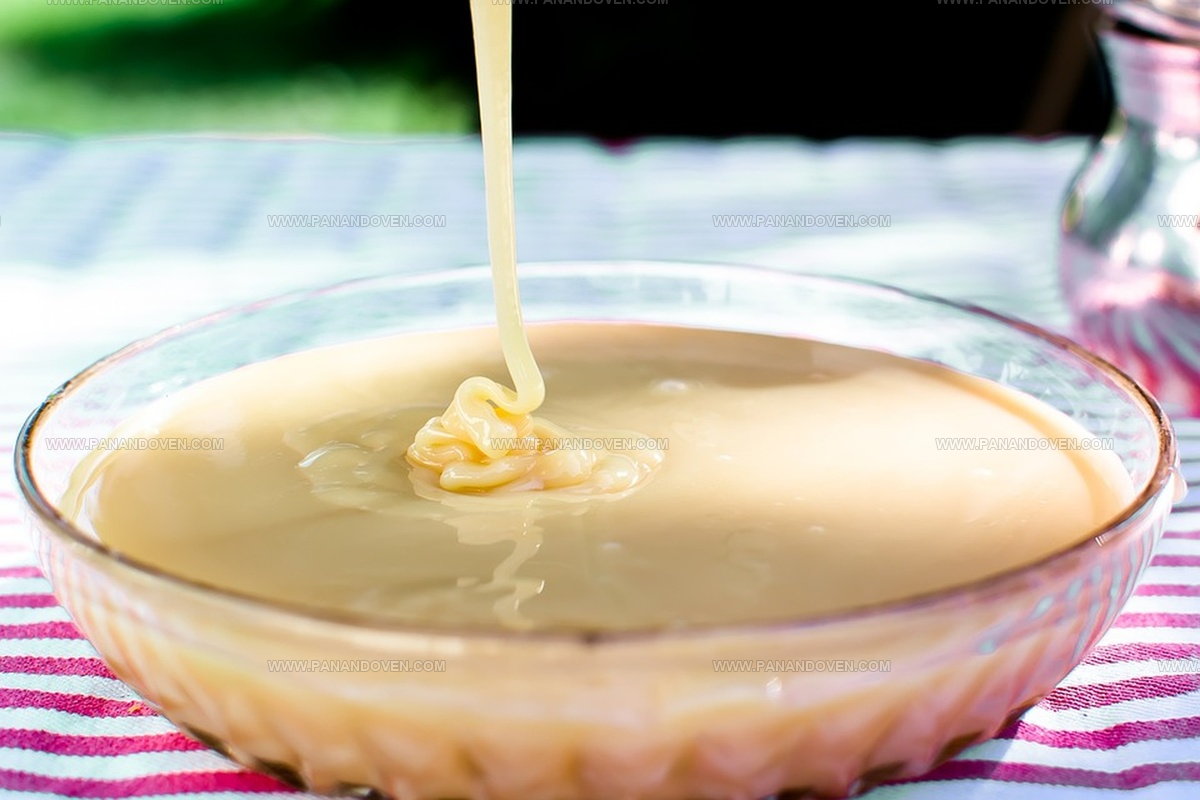
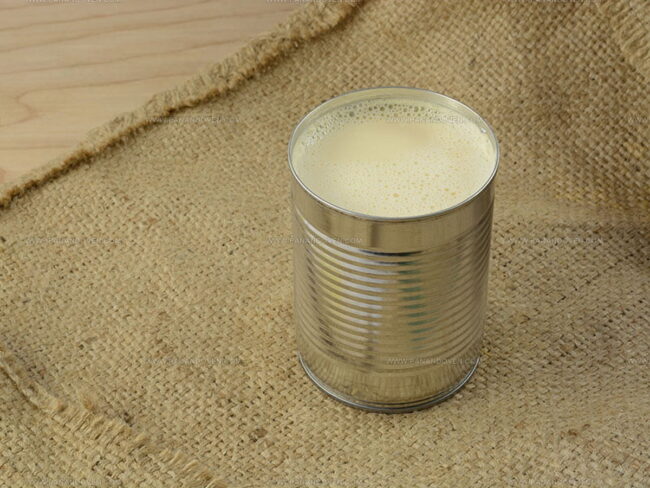
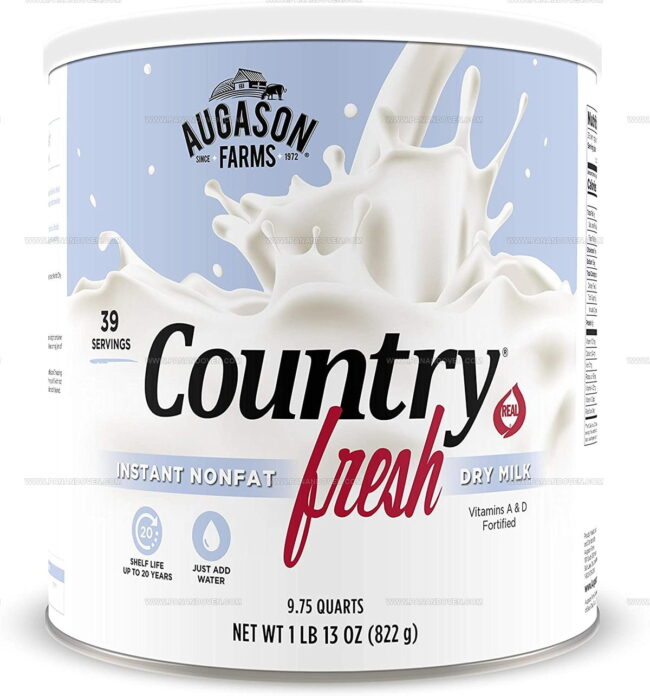
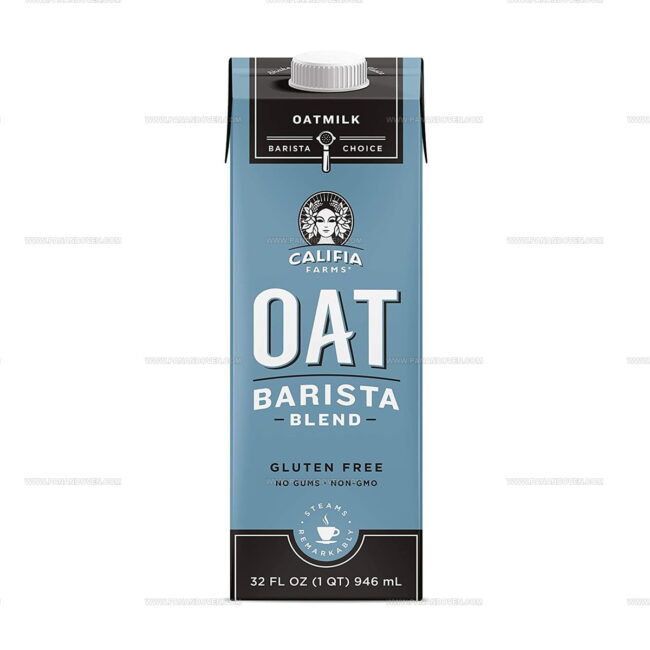
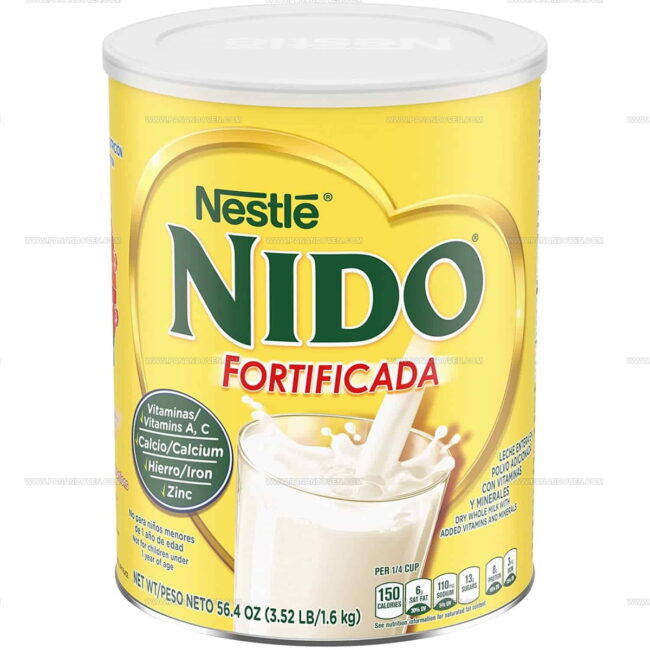
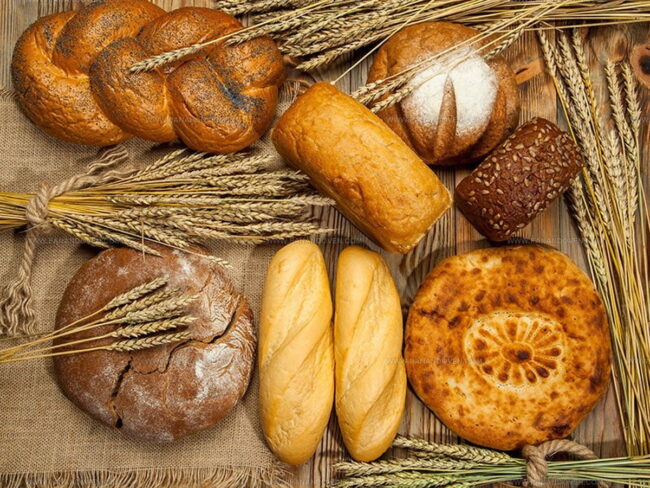
Clara Thompson
Recipe Developer & Food Educator
Expertise
Plant-based and vegetarian recipe development, Nutritional analysis and meal planning, Culinary education and workshop facilitation, Content writing with a focus on healthy living
Education
Diploma in Culinary Arts, Mt. San Jacinto College, CA
Focus: Comprehensive culinary training with an emphasis on sustainable cooking practices.
Certificate in Nutrition and Healthy Living, Cornell University (Online Program)
Focus: Understanding the principles of nutrition to create balanced and health-conscious recipes.
Clara lives where fresh ideas and fresh ingredients meet. She pairs her culinary know-how with her passion for healthy, planet-friendly cooking.
For Clara, good food should taste great, nourish your body, and feel easy to make. Her recipes highlight whole foods, colorful produce, and a deep respect for seasonal eating.